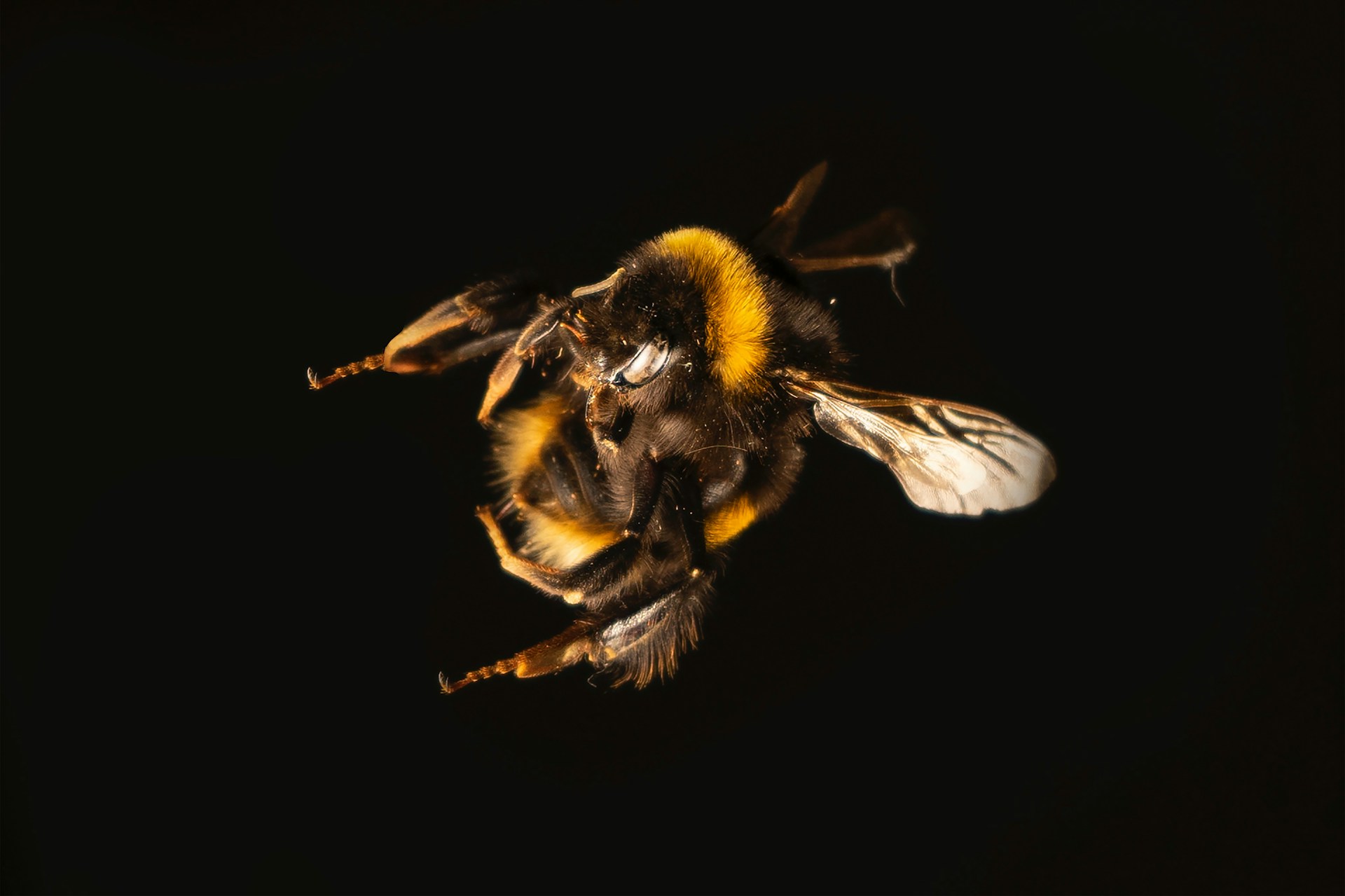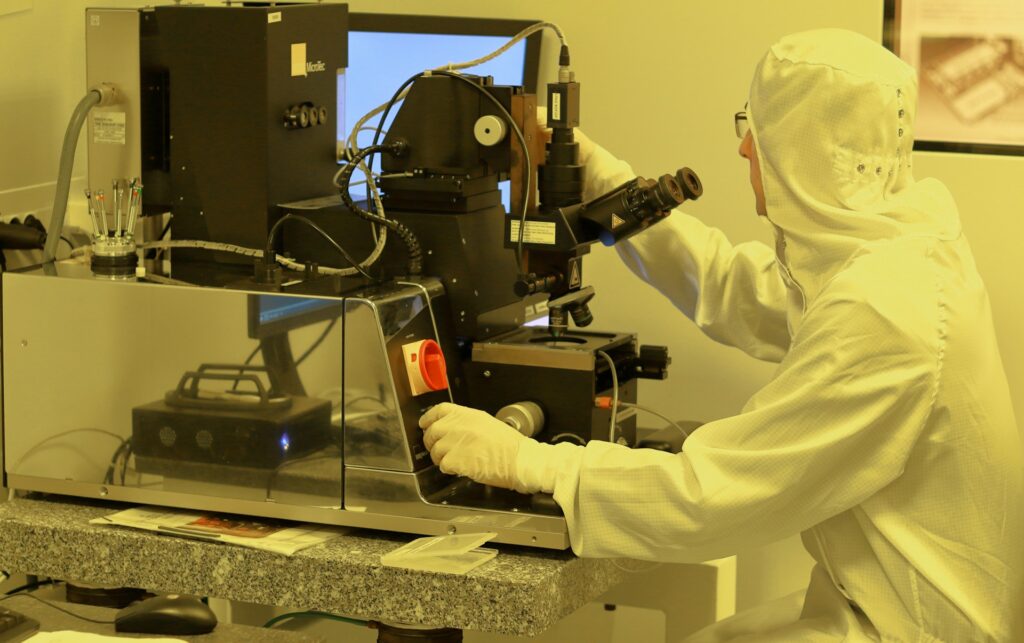UC Berkeley engineers have introduced a flying robot that measures less than 1 cm in diameter and weighs only 21 milligrams becoming the World’s smallest wireless robot capable of controlled flight. Drawing inspiration from insect flight, especially that of bumblebees, this new device offers controlled hovering, directional changes, and the ability to engage small targets. The research was featured in Science Advances and can be found below:
Sui, F., Yue, W., Behrouzi, K., Gao, Y., Mueller, M., & Lin, L. (2025). Untethered subcentimeter flying robots. Science Advances, 11(13). https://doi.org/10.1126/sciadv.ads6858
Miniaturised flying machines have long been limited by the need to integrate power supplies and electronic flight controls on board. The UC Berkeley team has overcome long held challenges by using an external magnetic field to both power and direct the robot. The robot’s design resembles a small propeller with two built-in magnets. As the external electromagnetic field varies, the interaction between these magnets creates the necessary torque and lift for controlled flight. This mechanism allows the robot to mimic natural insect behaviour without the need for an internal battery or complex onboard sensors. Liwei Lin, Distinguished Professor of Mechanical Engineering at UC Berkeley said:
“This flying robot can be wirelessly controlled to approach and hit a designated target, mimicking the mechanism of pollination as a bee collects nectar and flies away.”
The technical breakthrough lies in the precise modulation of the magnetic field. The robot’s design takes cues from the aerodynamics of bees, enabling it to perform tasks similar to pollination. Lin stated:
“Bees exhibit remarkable aeronautical abilities, such as navigation, hovering and pollination, that artificial flying robots of similar scale fail to do,”
By decreasing the size, the engineers have opened opportunities for the robot to navigate confined spaces such as the interiors of pipes or small cavities. The study’s co-first author Fanping Sui said:
“Tiny flying robots are useful for exploring small cavities and other complicated environments, this could be used for artificial pollination or inspecting small spaces, like the inside of a pipe.”
While the current device has demonstrated impressive controlled flight, it currently only operates in a passive mode, without real-time position correction. In its existing form, the robot relies solely on external control; making it sensitive to unexpected environmental conditions like turbulence.
Future research from the team is focused on incorporating active control mechanisms. Graduate student Wei Yue, a co-author on the study, mentioned that efforts are underway to adjust the robot’s attitude and flight path dynamically, which would enhance its resilience against external Noise.
The ability to produce highly miniaturised, wireless robots has potential in fields like environmental monitoring, precision agriculture, and even medical applications. For example, a swarm of such tiny devices could be deployed to inspect hard-to-reach areas or be incorporated into systems for artificial pollination.
The additional co-authors of the published paper are as follows: Kamyar Behrouzi, Yuan Gao and Mark Mueller of UC Berkeley. This work was supported by the Berkeley Sensor and Actuator Center at UC Berkeley.

Hassan graduated with a Master’s degree in Chemical Engineering from the University of Chester (UK). He currently works as a design engineering consultant for one of the largest engineering firms in the world along with being an associate member of the Institute of Chemical Engineers (IChemE).



